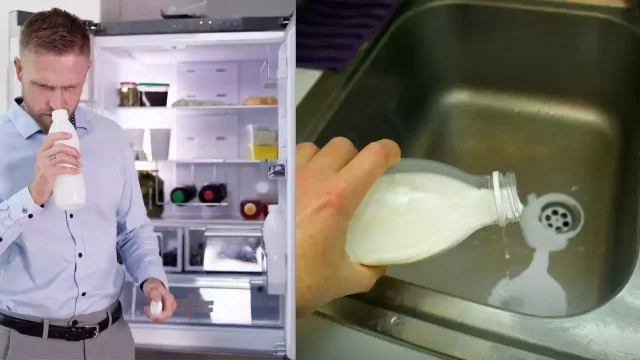
Preserving milk quality during the summer months presents unique challenges due to higher temperatures and increased humidity. These conditions can accelerate microbial growth and spoilage, making it essential for dairy producers to implement effective preservation strategies. Here’s a comprehensive guide on key changes and best practices for milk preservation during the hot summer months.
Rapid Cooling: High ambient temperatures can quickly raise the temperature of freshly harvested milk, promoting bacterial growth. The solution lies in:
- Immediate Cooling: Cool milk to 4°C (39°F) or lower immediately after milking to inhibit bacterial growth. This can be achieved using bulk tank coolers or plate heat exchangers.
- Pre-Cooling: Use pre-cooling methods such as chilled water baths or glycol chillers before the milk enters the bulk tank.
Hygiene and Sanitation: Warm weather increases the risk of contamination from equipment, handlers, and the environment. To improve dairy personnel are required to:
- Sanitize Equipment: Regularly clean and sanitize all milking equipment, storage tanks, and transport containers. Use approved disinfectants and follow proper cleaning protocols.
- Personal Hygiene: Ensure that all personnel handling milk follow strict hygiene practices, including handwashing and wearing clean uniforms.
- Environmental Cleanliness: Keep the milking parlor and storage areas clean and free from pests and contaminants.
Proper Storage Conditions: Maintaining appropriate storage conditions in high temperatures is difficult but crucial to preventing spoilage. Preventive measures include:
- Insulated Storage Tanks: Use insulated storage tanks to maintain low temperatures during transport and storage.
- Temperature Monitoring: Continuously monitor the temperature of milk storage tanks using digital thermometers and alarms to ensure it stays within the safe range.
- Short Storage Duration: Limit the time milk is stored before processing. Aim to process or transport milk within 24-48 hours of milking.
Transportation: High temperatures during transportation can compromise milk quality. Need is for:
- Refrigerated Transport: Use refrigerated trucks to transport milk from the farm to the processing facility. Ensure that the refrigeration units are well-maintained and functioning correctly.
- Transport Time Management: Minimize transport time and avoid unnecessary delays. Plan routes to ensure the shortest and fastest delivery times.
Milk Testing and Quality Control: Ensuring milk quality during summer requires diligent testing and quality control measures. There should be:
- Regular Testing: Conduct regular testing of milk for bacterial counts, somatic cell counts, and other quality parameters. Use rapid testing methods to get quick results.
- Quality Control Protocols: Implement strict quality control protocols at every stage, from milking to storage and transportation. This includes monitoring hygiene, temperature, and handling practices.
Use of Preservatives: High temperatures can increase the rate of milk spoilage, making it necessary to use preservatives under certain conditions. Preservation includes:
- Natural Preservatives: Consider using natural preservatives like lactoperoxidase systems, which can help extend the shelf life of raw milk by inhibiting bacterial growth.
- Approved Chemical Preservatives: In some cases, approved chemical preservatives such as hydrogen peroxide may be used under regulatory guidelines. Always follow local regulations and guidelines for the use of preservatives.
Farm Management Practices: Effective milk preservation starts with proper farm management practices. All aspects include:
- Animal Health: Ensure that cows are healthy and free from mastitis and other infections. Healthy cows produce higher-quality milk that is less prone to spoilage.
- Feed and Water Quality: Provide high-quality feed and clean water to maintain cow health and milk quality.
- Milking Practices: Implement best practices for milking, including proper teat cleaning and handling procedures to minimize contamination.
Advanced Technologies: Leveraging technology to improve milk preservation can be challenging but highly beneficial. New technologies can include:
- Automated Systems: Use automated milking and cooling systems to ensure consistent and efficient milk handling and cooling.
- Smart Monitoring: Implement smart monitoring systems that use IoT devices to continuously track milk temperature, quality, and storage conditions. These systems can send alerts and notifications in case of deviations from set parameters.
Conclusion
Preserving milk quality during the summer months requires a combination of immediate cooling, rigorous hygiene practices, proper storage and transportation, regular testing, and effective farm management. By implementing these strategies, dairy producers can mitigate the adverse effects of high temperatures on milk quality, ensuring safe, high-quality milk for consumers. Adapting to seasonal challenges with proactive measures and advanced technologies will help maintain the integrity and safety of milk throughout the hot summer months.
















